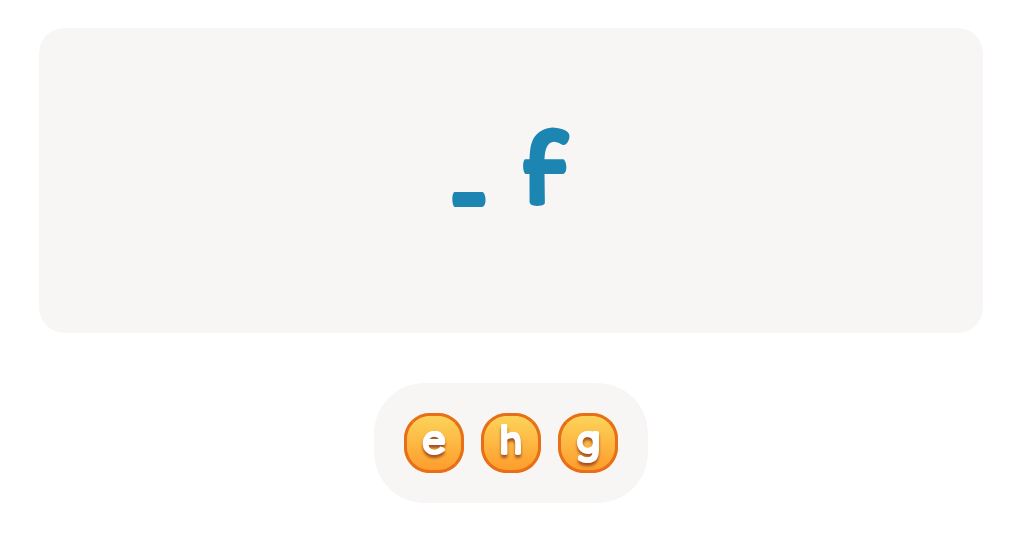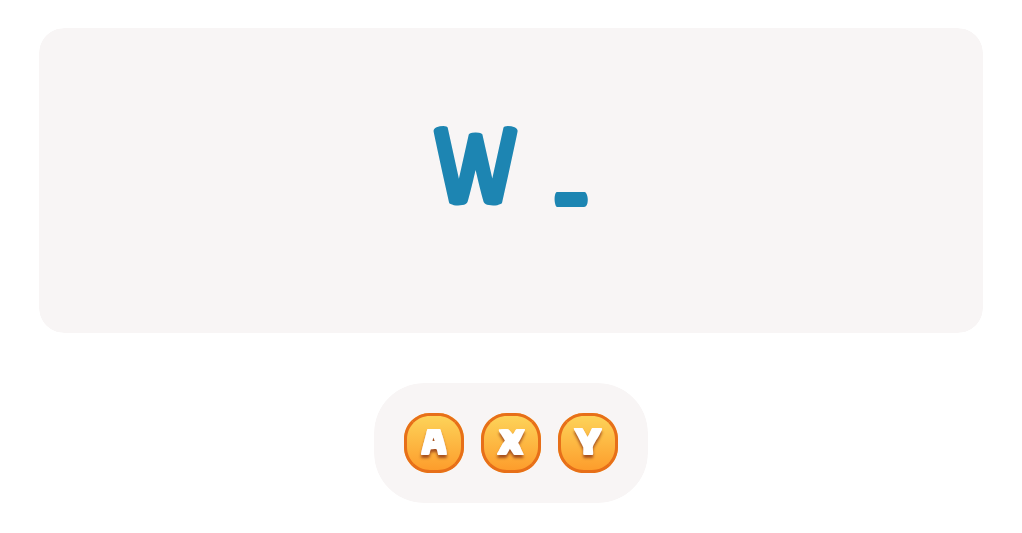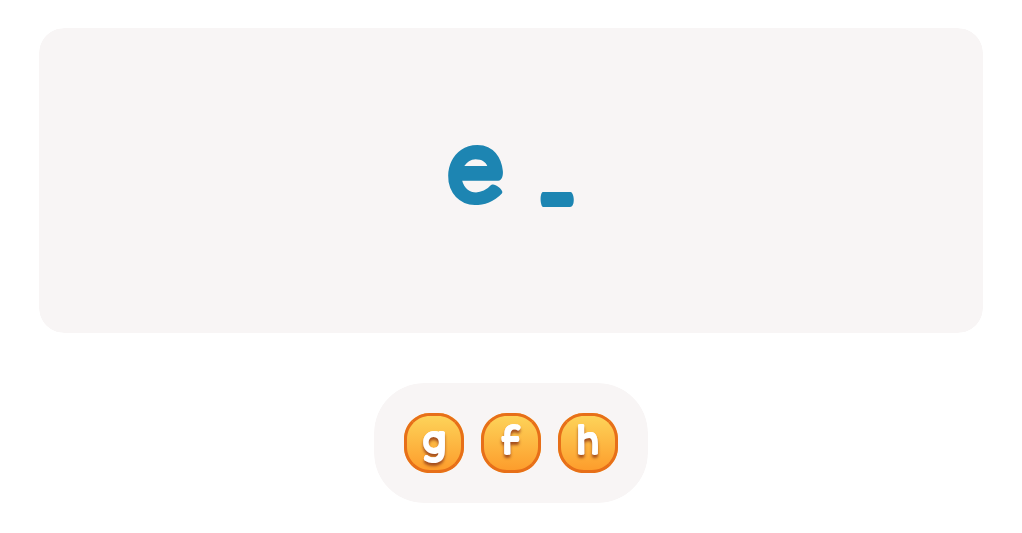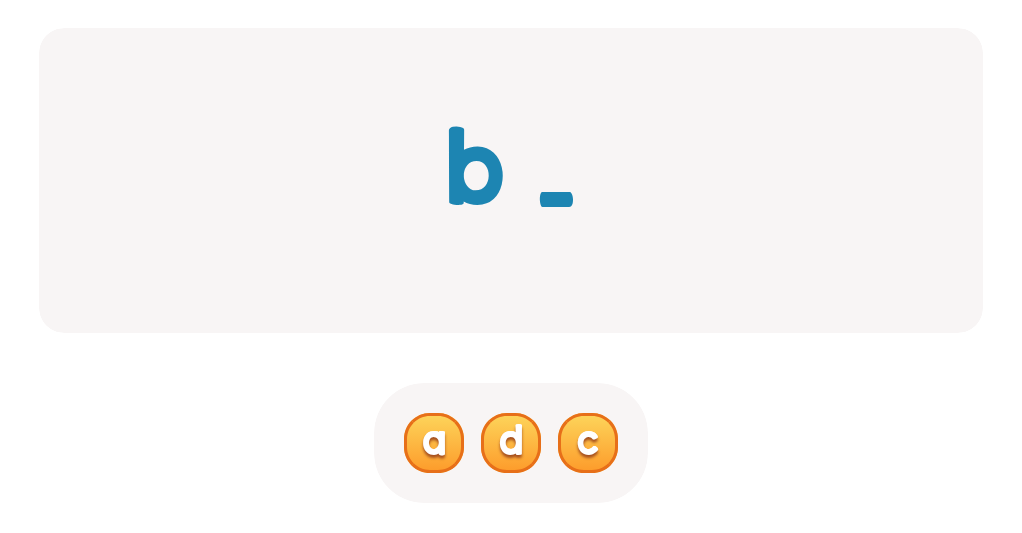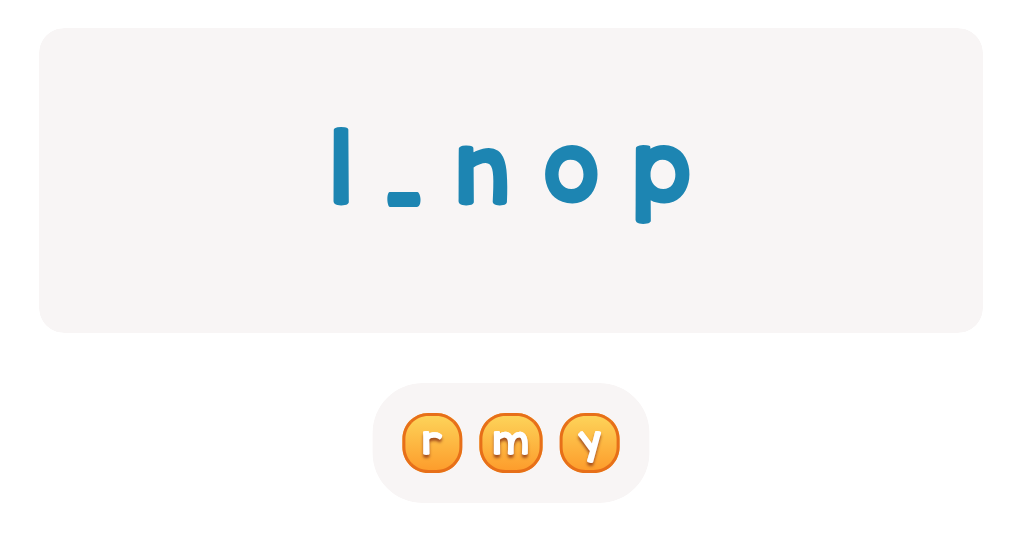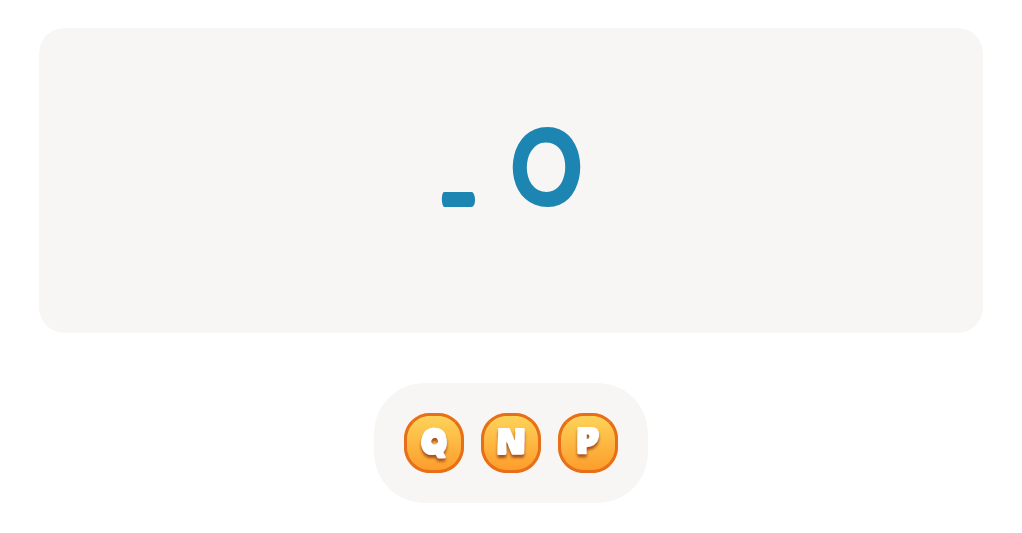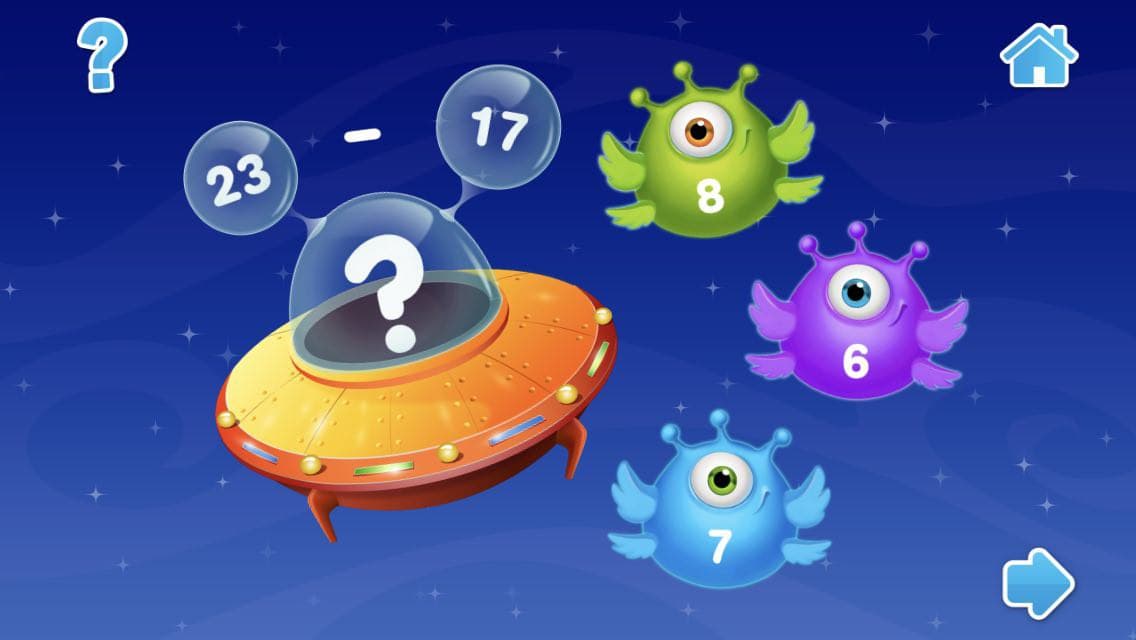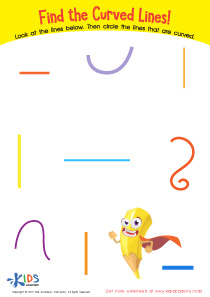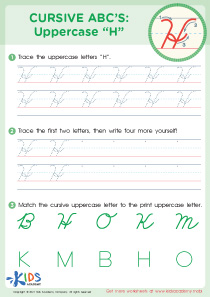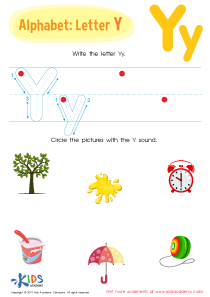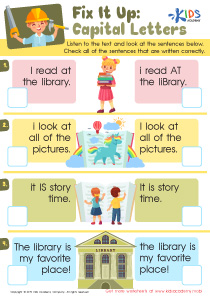Alphabetical order understanding ABC Letters Worksheets for Ages 6-8
3 filtered results
-
From - To
Explore our engaging "Alphabetical Order Understanding ABC Letters Worksheets for Ages 6-8," designed to boost children's skills in sequencing the alphabet. These activities are tailored to make alphabet learning fun and effective, guiding kids to effortlessly arrange letters from A to Z. Our vibrant and interactive worksheets offer ample practice to solidify alphabet knowledge, suitable for both classroom and home use. These resources foster a foundational understanding of alphabetical order, preparing children for more advanced reading and writing concepts. Unlock your child's potential with our expertly crafted worksheets—empowering a lifelong love for learning.
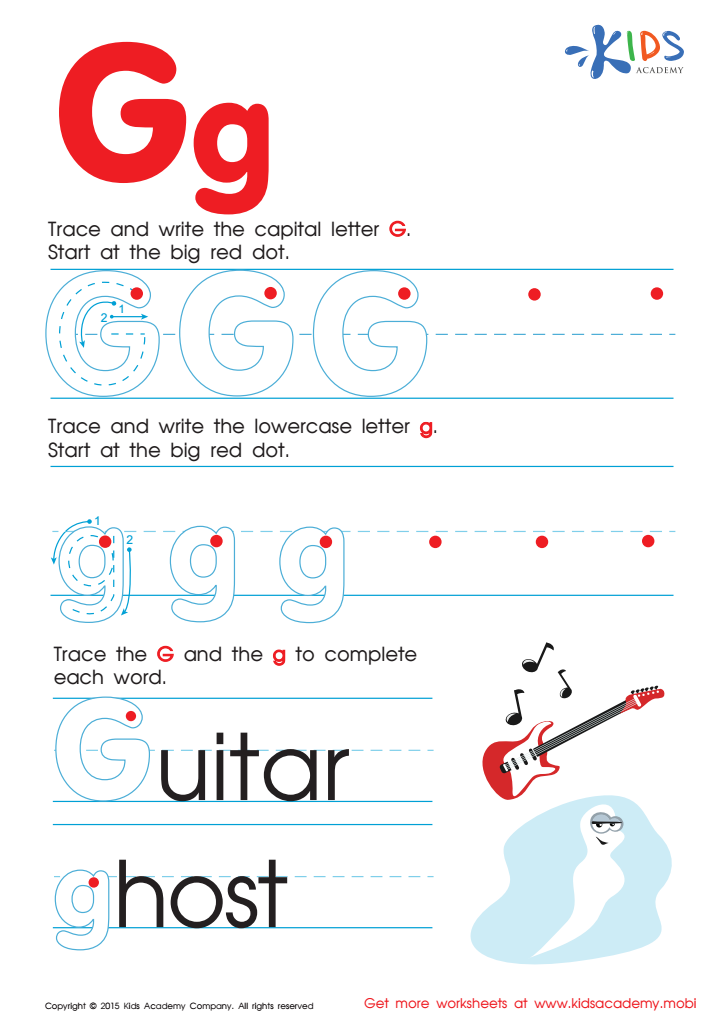

Letter G Tracing Page
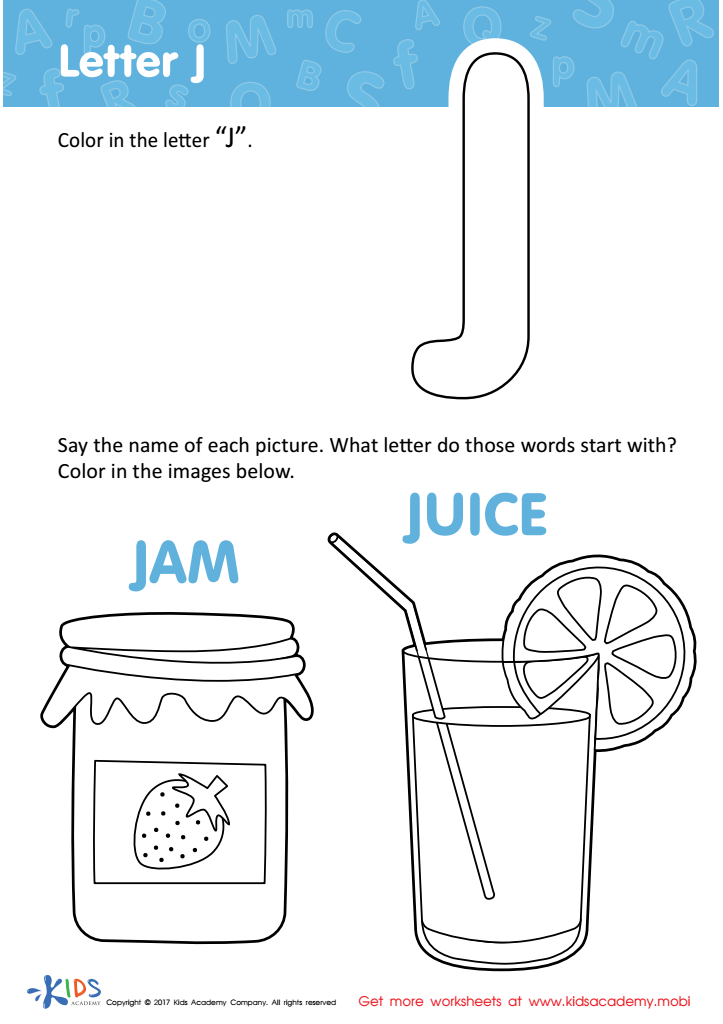

Letter J Coloring Sheet


Letter K Coloring Sheet
Understanding alphabetical order is crucial for children aged 6-8 as it forms the foundation for literacy and organizational skills critical for their academic success. At this age, kids are rapidly developing their reading and writing abilities. Mastering alphabetical order helps them to identify and recall letters confidently, which in turn enhances their ability to decode words, thus improving reading fluency.
Additionally, familiarity with alphabetical order is essential for using dictionaries, indexes, and other reference tools. This skillstreamlines the process of finding information, fostering both independence and a proactive approach to learning. Whether it's looking up a word in a dictionary, organizing their books, or even understanding how library systems work, knowledge of alphabetical order empowers children to become efficient and effective learners.
For teachers and parents, nurturing this understanding supports a structured learning environment. By integrating alphabetic activities into daily routines, they can make learning enjoyable and interactive, reinforcing both the sequence of the alphabet and its application in real-world contexts. Ultimately, equipping children with this fundamental skill paves the way for greater academic achievements and a lifelong love for learning, making it a priority for early education.

 Assign to My Students
Assign to My Students
